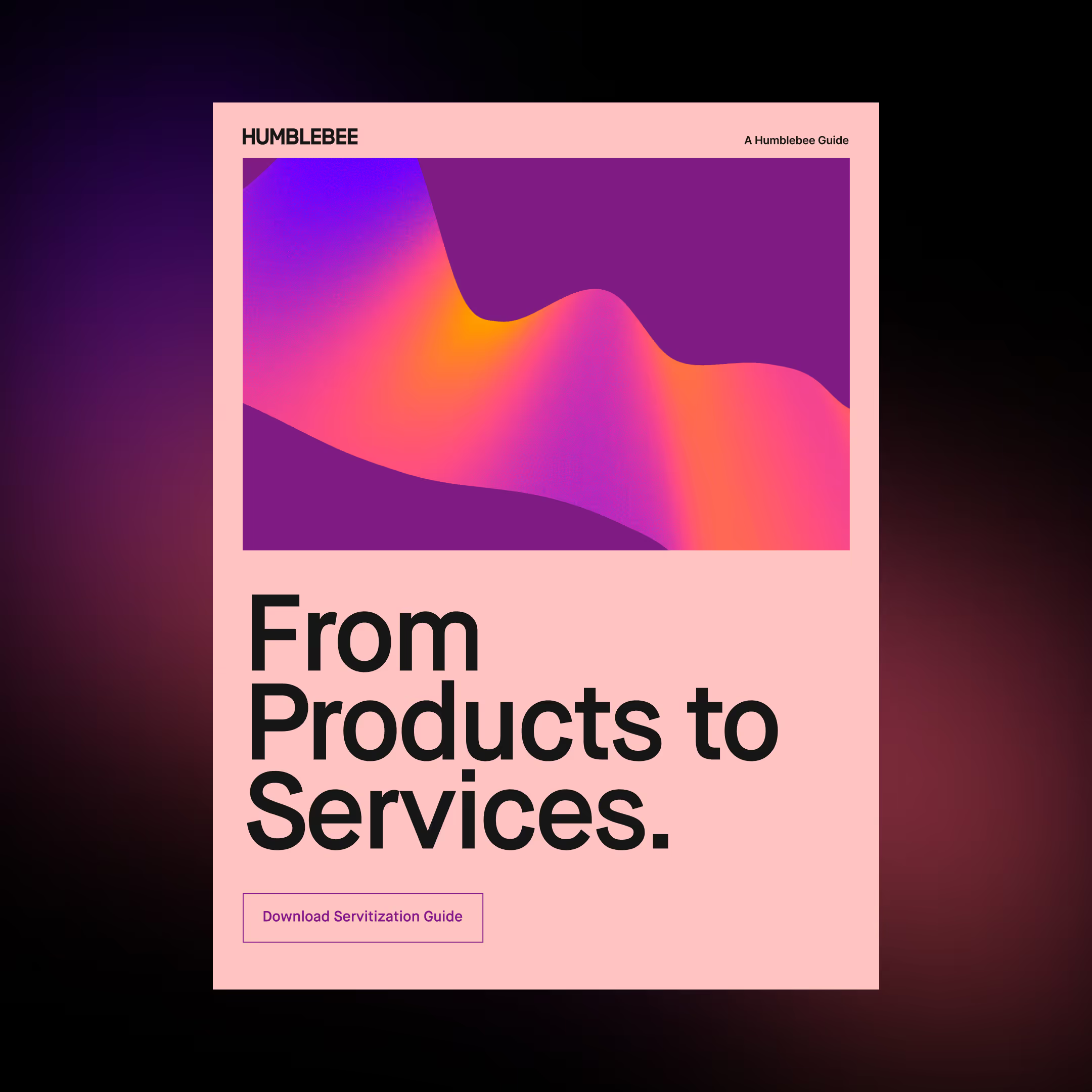How we interview at Humblebee with Hannes Larsson Westerlund
At Humblebee, we take culture fit seriously when evaluating job candidates. In this article, we'll explain how we use our definition of culture fit to support our interviewers and provide a positive interview experience for candidates.

A while ago, I wrote a piece on the work we did to define culture fit at Humblebee. I got some questions on how we use that in our interviews and how we evaluate candidates on culture fit. This article is meant to answer those questions and shed some light on how we use our definition of culture fit to support our interviewers.
How to structure an interview
Generally, there could be said to be three different ways of structuring an interview. Each has its pros and cons. The conflict mainly stands between rapport and relationship building vs. uniformity and equity:
- Unstructured: every interview is unique, and the topics covered will vary based on the flow of the conversation. This approach will benefit the rapport and relationship building aspect of the interview.
- Structured: interviewers follow a script and always ask the same question. This makes comparing interviews and candidates more easily but will come across as very strict and formal.
- Semi-structured: interviewers have a plan for the interview and topics that they want to cover but not every interview will have the same questions in the same order.
At Humblebee we prefer semi-structured interviews because they allow us to strike a middle ground between the different approaches, making it easy to compare candidates as well as giving them a good interview experience.
Interview guide
An interview guide is a library of interview questions meant to explore the behavior and skills of a candidate. When building our interview guide, I used an interview method called “Situation, Behaviour, Results”, SBR for short, as a starting point. It is a method for in depth exploration of candidates' behaviors and getting more concrete answers on how they behave in different situations. SBR is a three-step method for getting detailed answers on how candidates use their skills and knowledge for navigating complex situations. We start by asking the candidate to describe a situation, then we ask how they behaved in that situation and lastly what was the result of that behavior.
I’ll give an example from our interview guide on how we lead a conversation about collaboration (one of our key cultural competencies):
Could you tell me about a situation where you had to collaborate with others to reach a goal? Who did you collaborate with? (Situation)
How did you complement each other? How did you coordinate your efforts? Were there any difficulties? Did you overcome them? How? (Behaviour)
What was the result? Would you do it differently today? What worked well and what didn’t work that well?
Pragmatic and flexible
The detailed SBR-styled questions are there to remind interviewers (including myself) what it is that they want to find out in the interview.
The point of an interview question library and an interview guide is not that everyone must follow the same script or ask the same questions. They are rather meant to be there to support and inspire interviewers and help us focus on the key areas.
In my experience, candidates will often talk about collaboration, problem-solving and open-mindedness even if you don’t ask them specifically. One of my favorite interview questions is “Tell me about a project that you are particularly proud of”. This will quite often elicit a response that tells me a lot about how someone collaborates, solves problems and listens to feedback. Not always though, and that’s where our interview guide can help.
Evaluation
We have a process for evaluating interviews as well. Before we sit down and discuss every interviewer is asked to evaluate and give a rating on the following areas: technical skills, experience, collaboration, problem-solving and open-mindedness. On each of these areas, interviewers can rate the candidate on a scale of 1-4. We have criteria for each of these different ratings, but I will not bore you with too much detail.
This point of this is that it forces everyone to really think about the interview and express their opinions.
By implementing this approach to interviews, we have a much more solid base on which to make hiring decisions. We’ve also laid the foundation for increased transparency in our hiring decisions.
More stories






